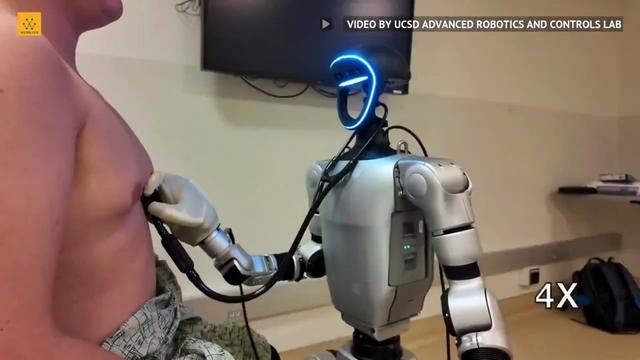The first humanoid medical assistant.

Unitree G1 also enters medicine
To avoid errors, predefined hand positions are activated for specific tasks, ensuring consistency and reducing risks, while force control adjusts the ideal pressure for delicate procedures such as ultrasound examinations.
Follow my publications with the latest in artificial intelligence, robotics and technology.
If you like to read about science, health and how to improve your life with science, I invite you to go to the previous publications.
You want to win, play HARRY-RAID
If you like to read about science, health and how to improve your life with science, I invite you to go to the previous publications.
You want to win, play HARRY-RAID